Introduction
Patient came with c/c of Ellis class III i.r.t 11
Coronal fractures are the most frequent traumatic injuries that affect permanent teeth. Majority of dental injuries involve the anterior teeth, especially maxillary incisors whereas the mandibular central incisors and maxillary lateral incisors are less frequently involved.
Reattachment of original tooth fragment has some advantages like natural tooth contours, texture, colour, translucency with better esthetic. Even, it enhances the durability because of natural incisal wear resistance of a sound dental tissue.
Advantages
- Offering easy reproduction of shape, contour, and texture of the natural tooth.
- Provides unchanged colour and optical characteristics.
Disadvantages
- Colour change due to inadequate rehydration of the fragment.
- Carries the possibility of detachment of the fragment.
Case Report
A 9-year-old girl reported to our clinic with a traumatic injury while playing. On clinical examination, Ellis class III fracture was present i.r.t. 11. A pinpoint exposure was seen i.r.t. 11. No symptoms of pain or swelling reported. So, Cvek’s pulpotomy using MTA was planned w.r.t. same followed by composite build up.
While doing the parental counselling on treatment, parents were explained to on the benefits of fractured tooth fragment and its consequences in the future. Parents went back to school at the injury site and found out the tooth fragment. As discussed, they immediately put the fragment in cold milk and came back.
Extremely happy to see the results of positive counselling, changed the treatment plan to Cvek’s pulpotomy using MTA followed by fragment reattachment using flowable composite resin.
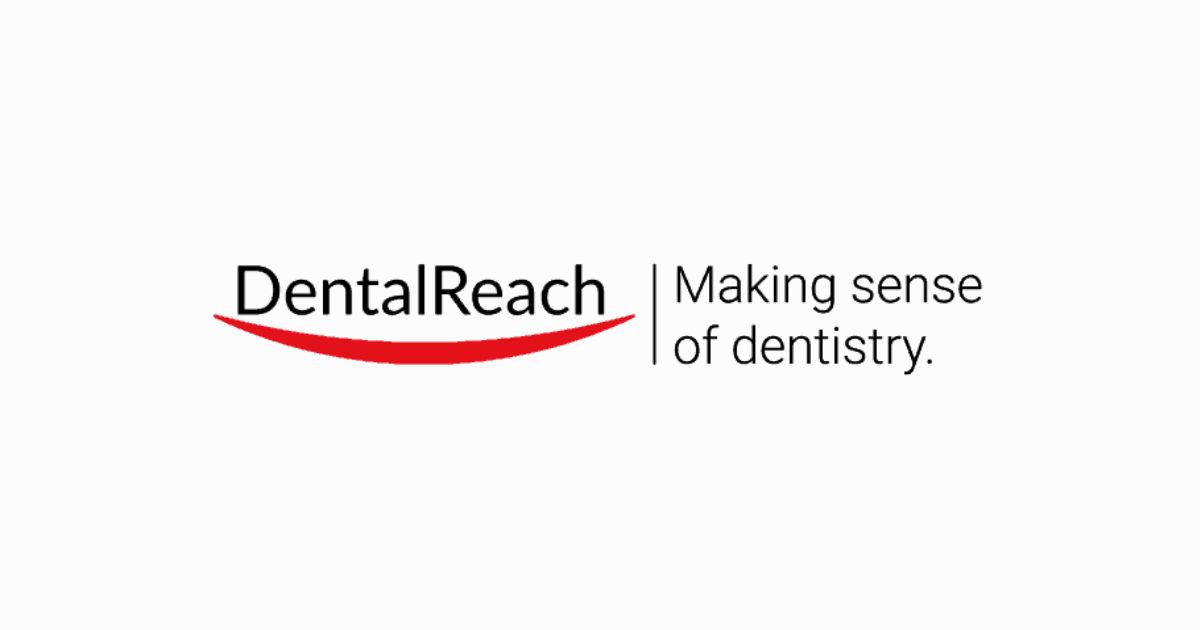
cvek’s pulpotomy was done using GIC and MTA


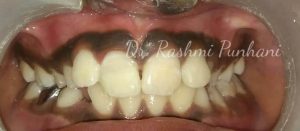
Tooth fragment

Etching the fragment with 37% phosphoric acid for 15 seconds.
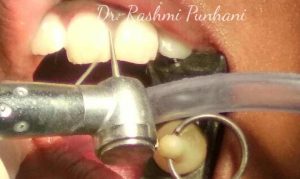
Application of 3M ESPE (Single bond 2) bonding agent.
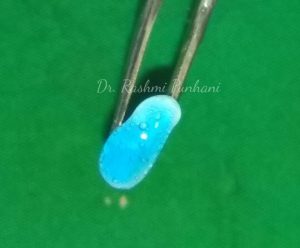
Light curing for 15 seconds.
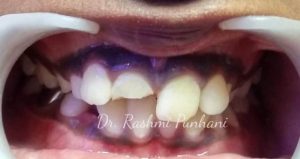
Before starting full-mouth scaling was done.

Etching with 37% phosphoric acid (Sorry did’nt have teflon sheet).
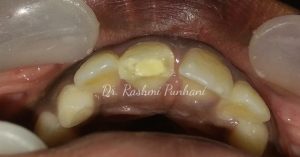
Fragment reattachment using flowable composite resin.
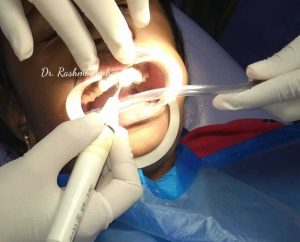
Post operative.
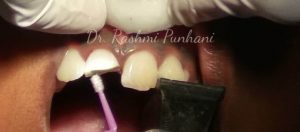
No high points.
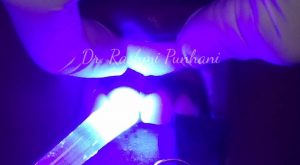



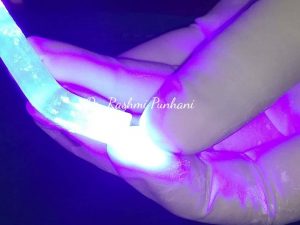
Conclusion
It can be concluded from the case report that fracture reattachment is viable, conservative and aesthetic alternative for treatment of crown fractures. The long term prognosis is still obscure, but it is an immediate technique of aesthetic rehabilitation in the management of traumatized tooth.
Bearing in mind that it is a simple, fast, affordable, and aesthetically predictable technique. Tooth fragment reattachment should always be the treatment method of choice when the fragment is present and in good condition. Even, if a perfect adaptation is not observable.

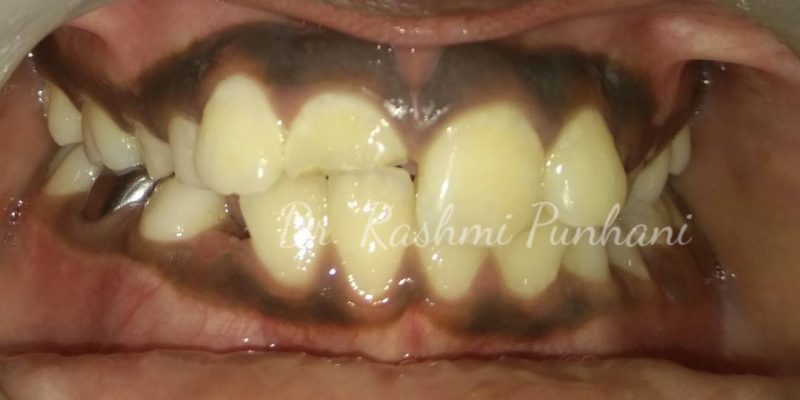



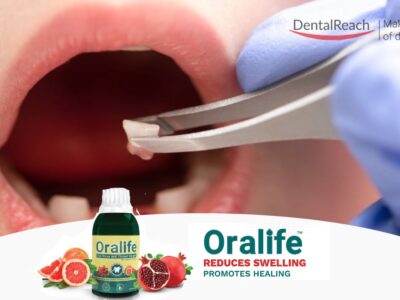
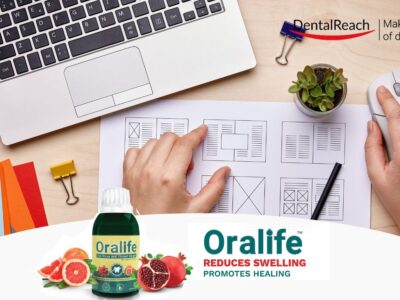

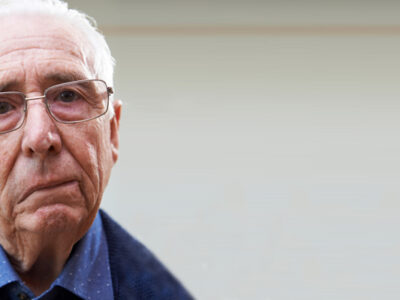











Comments